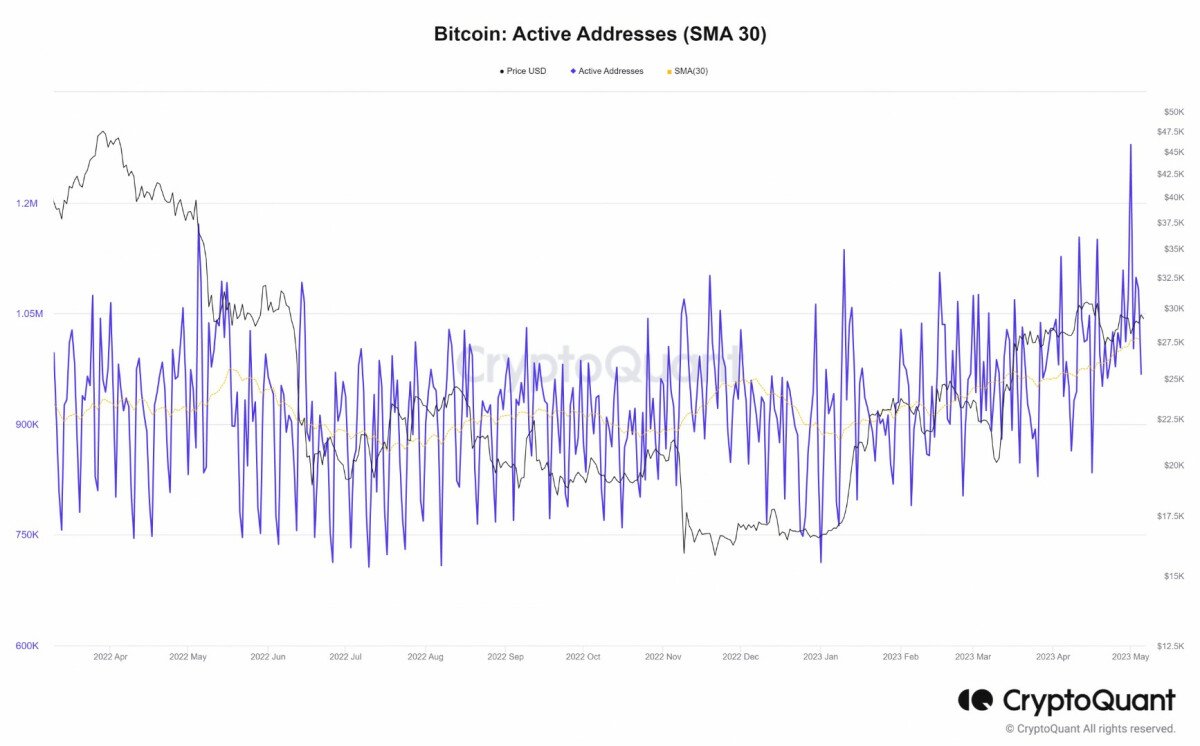The real use case for bitcoin and blockchain in content distribution

Getting content in front of potential consumers’ eyes and ears requires more than a clever idea. So now it is easy to become a crypto trader because of Bitcoin 360 AI platform. The platform has features like high compatibility with all devices, a huge variety of trading tools and many more. However, it requires a coordinated global effort to get intellectual property from one market to another.
This post is about how people in this real-world use case can use bitcoin and blockchain to improve the process by which content is distributed globally. The traditional content distribution model is primarily about the art and science of ‘distribution’ – that is, how to get a work from creator A to creator B. A secondary layer of tension, however, is getting content from B to market C.
The key here is that in the traditional model, distributors are accidentally incentivized to create value for their customers in exchange for lower margins; thus they seek a more significant share of revenue/profit with each sale. On the other side of each sale is a creator who seeks control over ownership to avoid some kind of “expiry date” and thereby maintain control over revenue.
The traditional model of content distribution:
The traditional content distribution model involves many steps similar to any other distribution of goods or services (there is a wholesale middleman, involving margins, shipping, etc.). However, the content remains under the control of the distributor until it reaches the channel or venue (theatre/cinema facility or other location) where consumers can consume it. In most cases, distributors tend not to sell to both creators and consumers at the same time, with a notable exception being iTunes.
In some cases, distributors buy from creators at wholesale prices and resell directly to consumers (such as Netflix). When it comes to content distribution in entertainment, there are three major players: theaters, telecom companies and app stores (such as iTunes) which include providers such as Apple Inc. and Google Inc. respectively.
The wholesale models of distributors are large companies that own their exhibition licenses, and sell a small fraction of it to theater partners who in turn license them to show the content. In the case of Apple’s iTunes store, for example, publishers pay a flat fee for each song/album to appear on iTunes – but only after agreeing to share their rights with Apple.
How are bitcoin and blockchain disrupting the traditional model of content distribution?
Bitcoin and blockchain could potentially disrupt the traditional content distribution model. For example, imagine a large theater chain that wants to use blockchain to handle some form of fan funding. If the theater is sold out on the opening weekend, those who bought tickets at discounted prices will be credited with Bitcoin or other cryptocurrencies.
Instead of carrying on as usual (following this example for illustration) and losing money, the theater will be able to generate revenue by selling tickets at a discounted price, thus getting more people to sit.
In addition, because Bitcoin is built on a distributed ledger (i.e. blockchain) and does not depend on a central authority for its existence, it can be used by people to make the payment process much faster and more secure, which means that the theater chain can pay the service providers their (as actors, musicians, etc.) faster.
For example, imagine a music band that has a few songs on Apple iTunes, but wants to be able to sell other albums/singles in a given week. The band could pay Apple in advance to sell all of their new material within a given period. In this example, it will also give the band more control over their work, as they in turn can sell it themselves directly to customers.
A world of decentralized distribution
Currently, most content creators are not paid enough for their services. But what if they could sell their content directly to the consumer with a distributed ledger without needing a third-party intermediary (like Apple) who owns the right to distribute the intellectual property? How cool would it be if we could cut out the middle man who has taken over a third of the creators’ income?
Additionally, one can imagine that in the case of large-scale piracy, it would be much more difficult for pirates to pass off their pirated copies as legitimate. Instead, the products would have to be digitally signed before being sold, thus eliminating virtually all forms of fraud and counterfeiting. Additionally, because digital certificates can be easily verified through blockchain, artists and content owners will have more control over their work.
These are just a few examples and how people can use the distributed ledger to create more value for creators. The traditional content distribution model was highly inefficient, as shown by a 2015 US Department of Commerce report. The report found that 82% of global payments made via credit or debit card are spent on services, advertising and shipping, while less than 2% go to creators of intellectual property. Blockchain and bitcoin have a hugely effective use case in the content distribution industry.

























